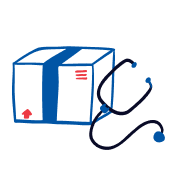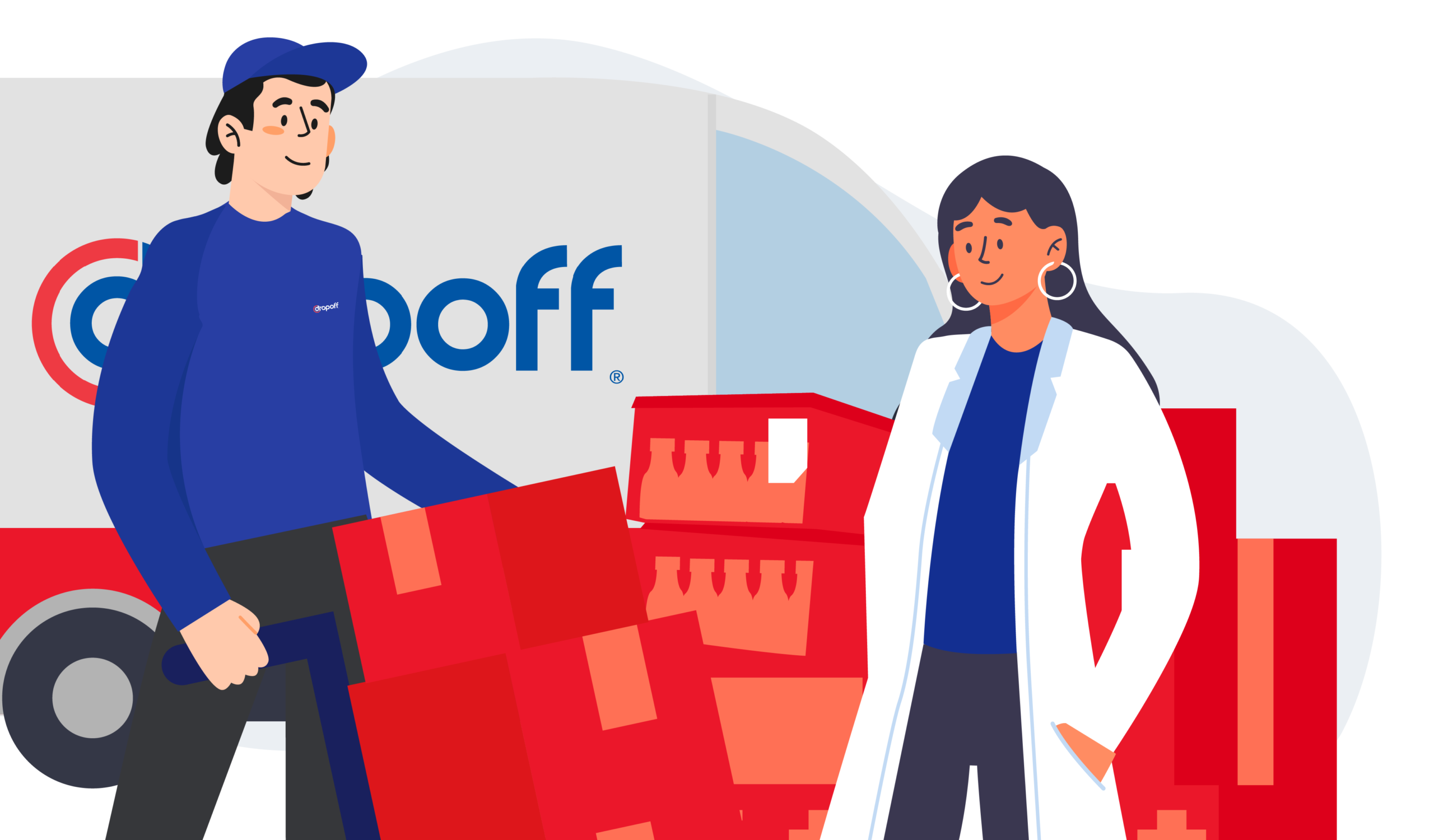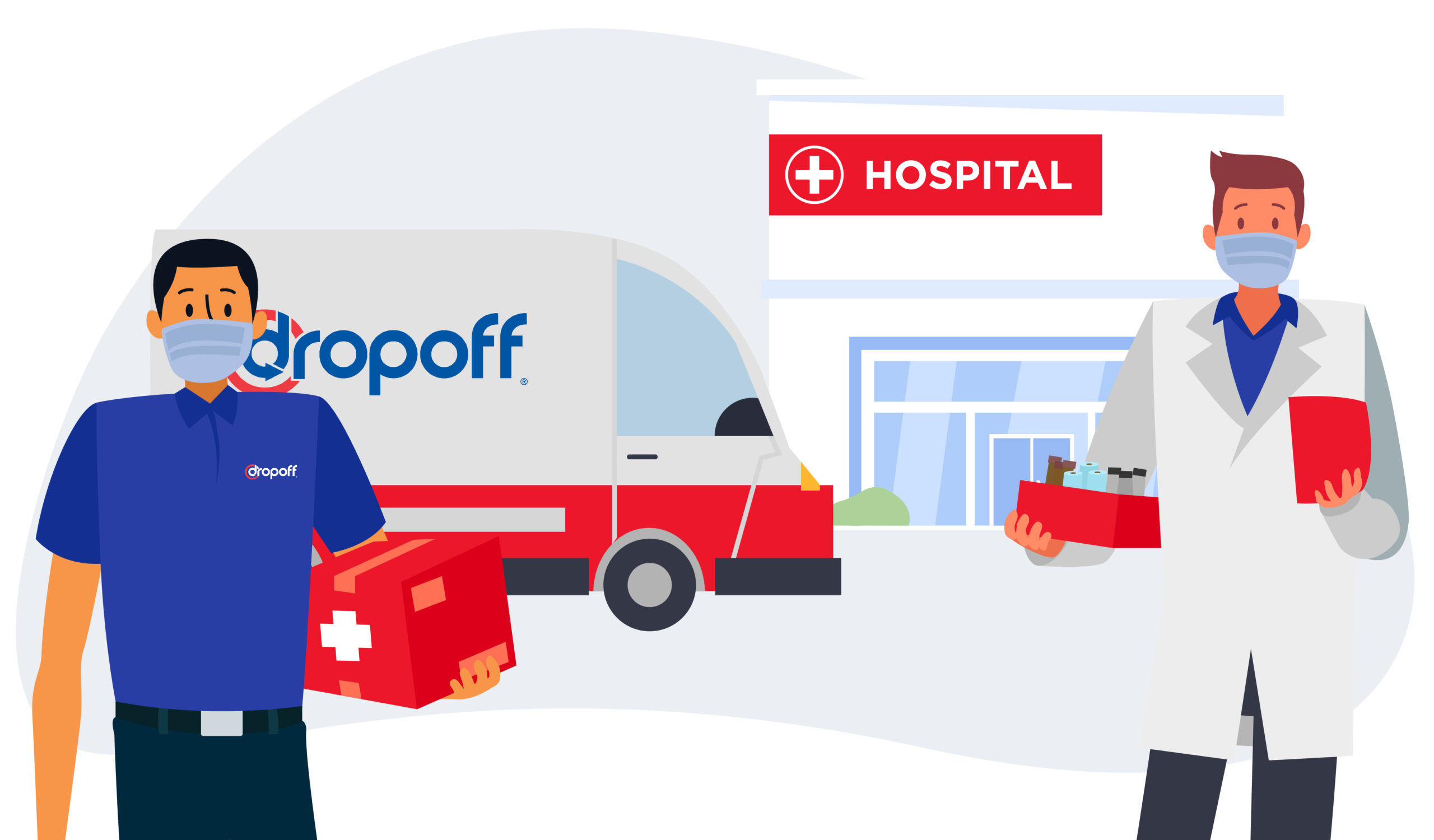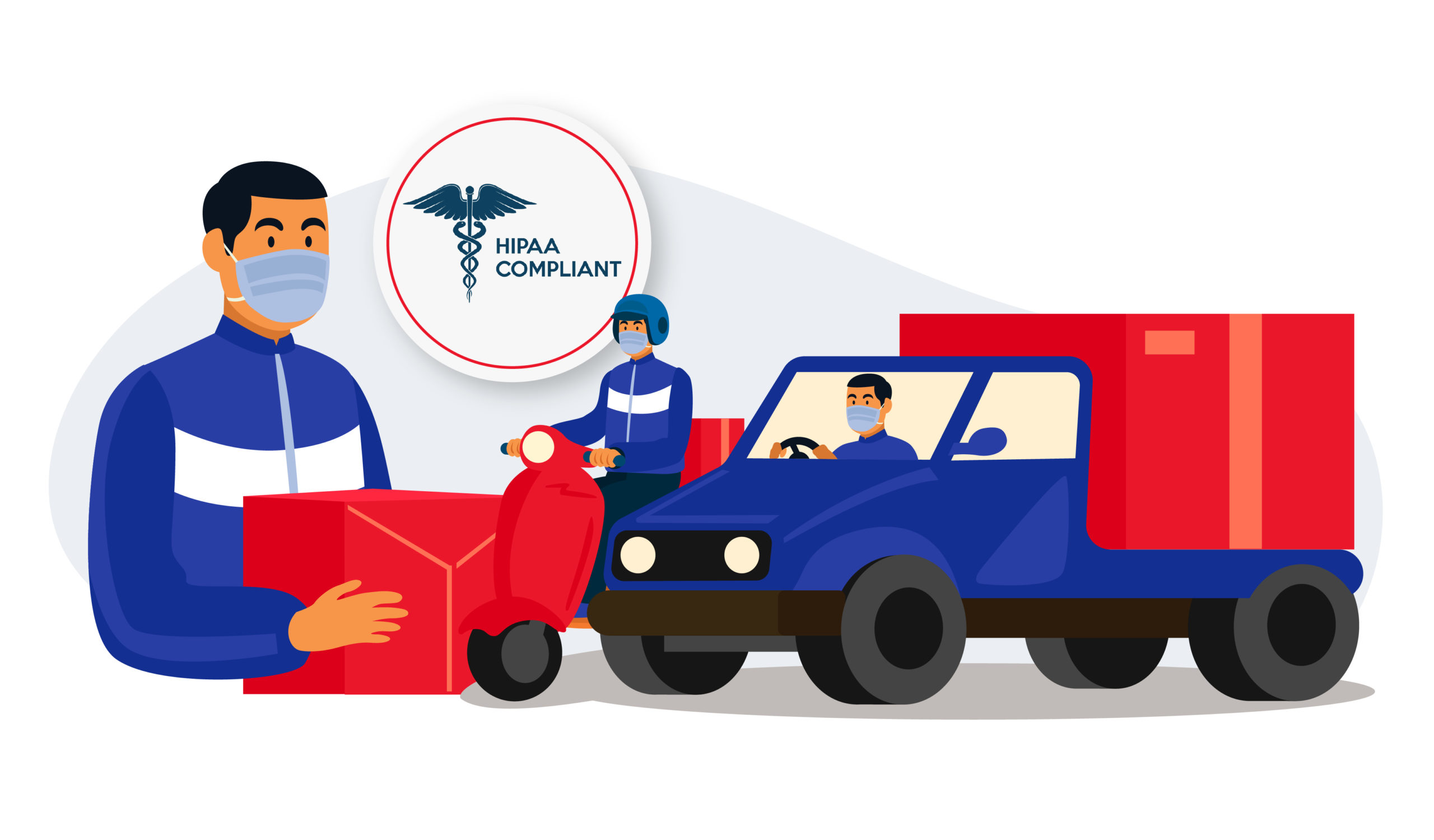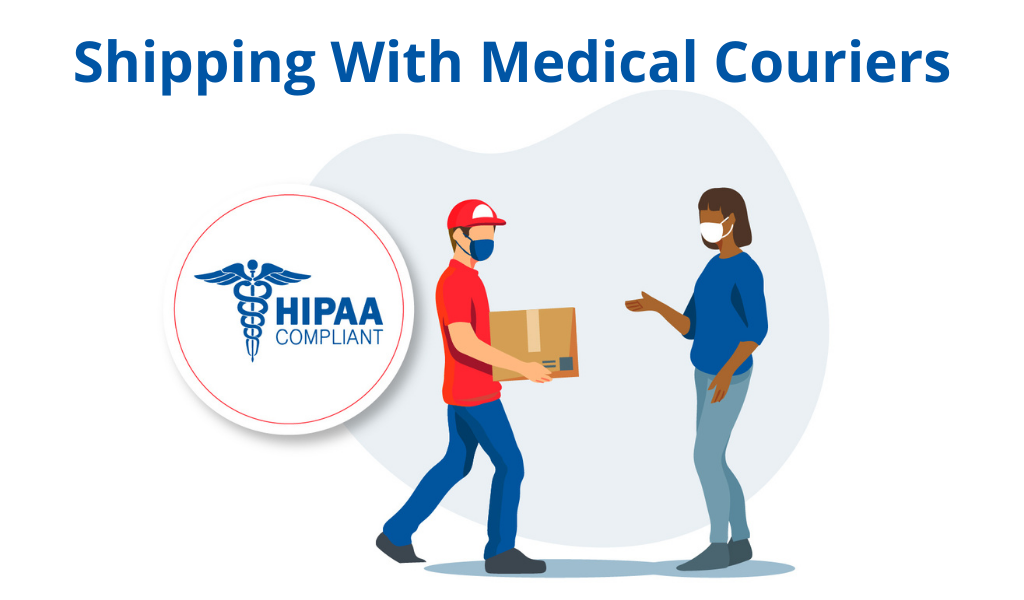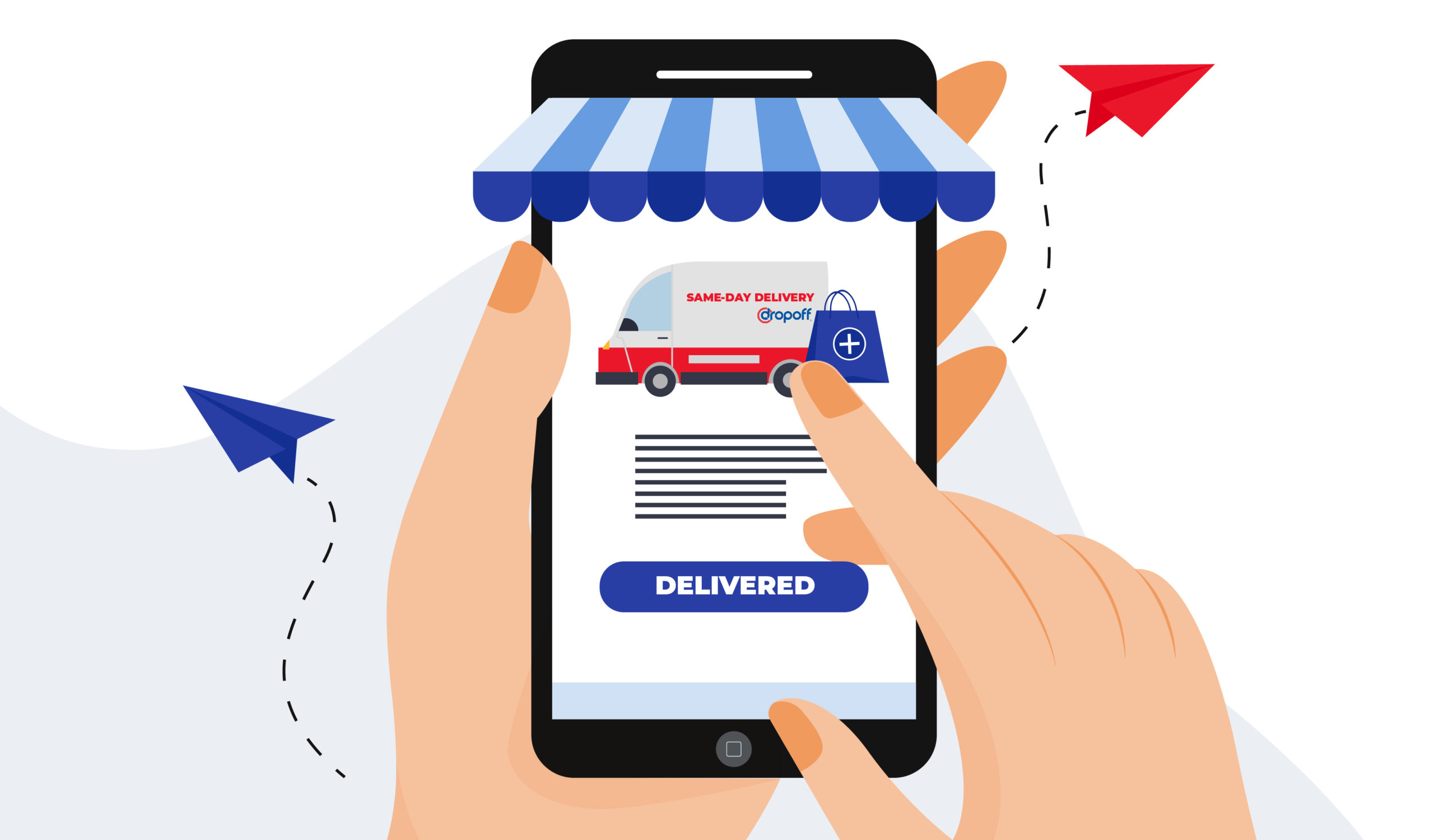How to Set Up Last-Mile Vaccine Delivery
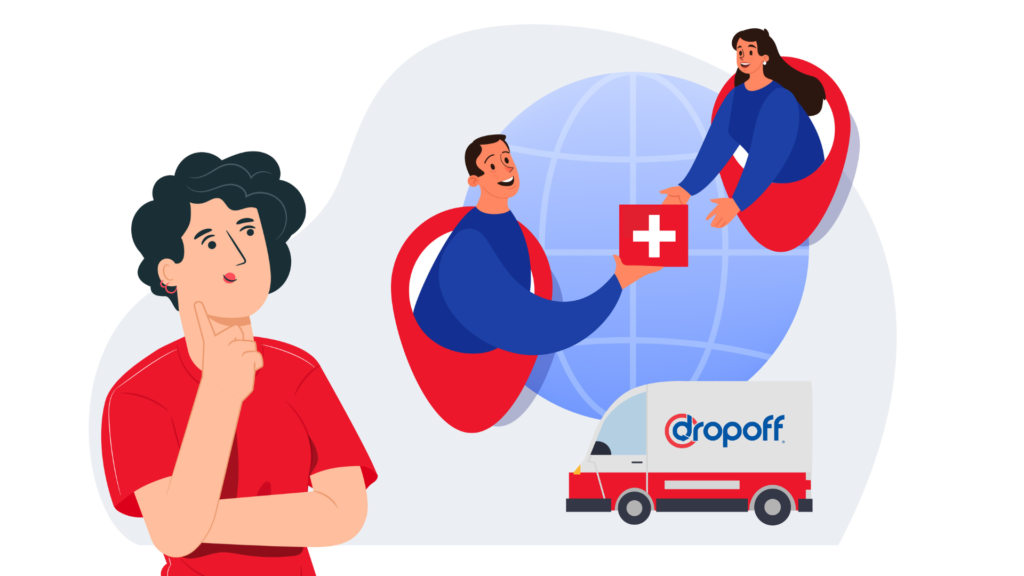
The world is currently recovering from a pandemic, and the COVID-19 vaccine has been a big part of it. However, setting up an effective vaccine delivery system is not easy.
In this blog post, we’ll take a closer look at how to set up a last-mile vaccine delivery system to ensure that vaccines reach their destination safely.
What Is Last Mile Delivery?
The last step in getting goods from one place to another is the last mile. It is the journey from a transportation hub to the final destination.
Find out why third-party logistics companies do last-mile delivery best.
What Is the Vaccine Cold Chain?
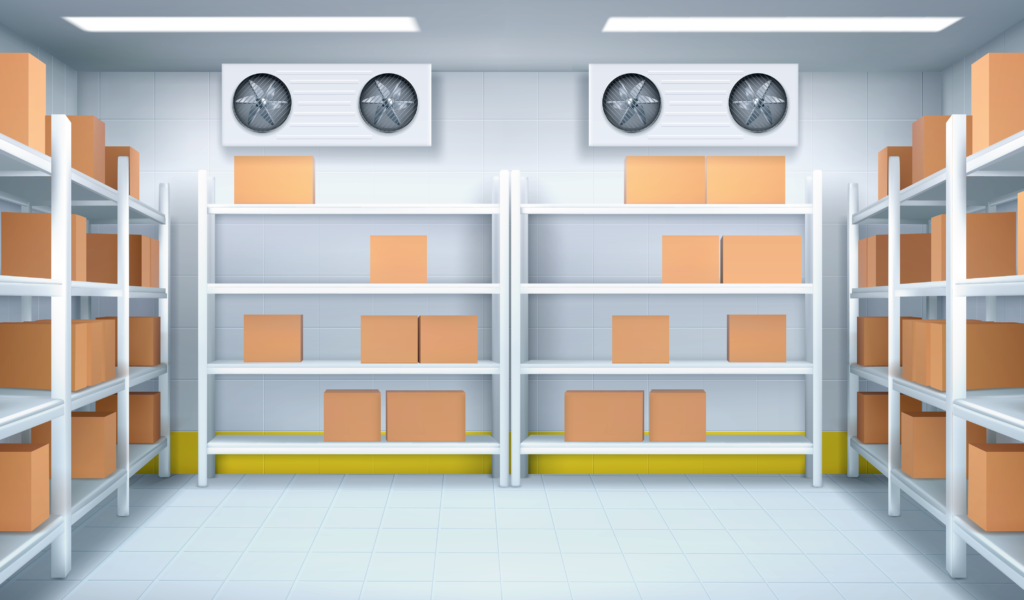
A vaccine is a biological product that can’t get too hot or cold. If it gets too hot, the active ingredients won’t work anymore. If it gets too cold, the same thing could happen.
The cold vaccine chain is a global network of cold rooms, freezers, refrigerators, and carriers that keep vaccines at the right temperature during long journeys.
How the Vaccine Delivery System Works
As an example, Pfizer has shared how it delivers its COVID-19 vaccine worldwide.
The vaccine gets sent out from Pfizer’s US, Germany, and Belgium centers. It travels by land and air and is stored in storage sites between delivery stages. The last mile would be local delivery to clinics, surgeries, pharmacies, and hospitals.
Vaccines arrive at the national and regional distribution hubs and go to vaccination centers. There, healthcare workers and the general public receive the vaccines. The vaccines must be at a stable temperature until they reach the patient.
6 Key Challenges in Last-Mile Vaccine Delivery

Main challenges in the last-mile vaccine delivery system:
- Vaccine spoilage
- Cold chain
- Availability of vaccination sites
- Laws and regulations
- Miscommunications
- The last mile
Let’s take a closer look at these challenges.
1. Vaccine Spoilage
The vaccines become less useful over time. It’s hard to deliver to rural areas and keep them effective.
2. Cold Chain
Vaccines need to stay cold. But many countries don’t have an excellent cold distribution infrastructure.
3. Availability of Vaccination Sites
States and cities need to find places for people to get vaccinated. They’ll need to use different venues, like movie theatres so that more people can access the vaccines.
4. Laws and Regulations
There are many different laws in the healthcare sector. These laws were made to protect people’s privacy, but they make it hard to get healthcare to people quickly. This messes up the timing of the healthcare system!
If your medical courier isn’t following the rules, you should probably look for a new medical courier service.
Such rules include your medical courier complying with HIPAA regulations.
5. Miscommunications
When communication isn’t clear, it messes up the whole flow. State-by-state breakdowns make it hard to arrange deliveries and confirm the correct dosage cycle.
6. The Hardest Part: Last Mile
The World Health Organization says that there are enough vaccines to be given out. However, sometimes the resources needed to deliver the vaccines to patients don’t exist.
Simply put, vaccines need an environment with a stable temperature. The tricky part is two-thirds of the world doesn’t have easy access to vaccines that require frozen storage. Big manufacturers may have advanced refrigerated storage facilities, but many distribution centers don’t.
There aren’t many storage facilities for vaccines at clinics in many parts of Africa, Asia, and South America, making it hard to cure people. The lack of storage is due to poor cold chain capabilities.
Safety Measures to Consider During Last-Mile Distribution of Vaccine
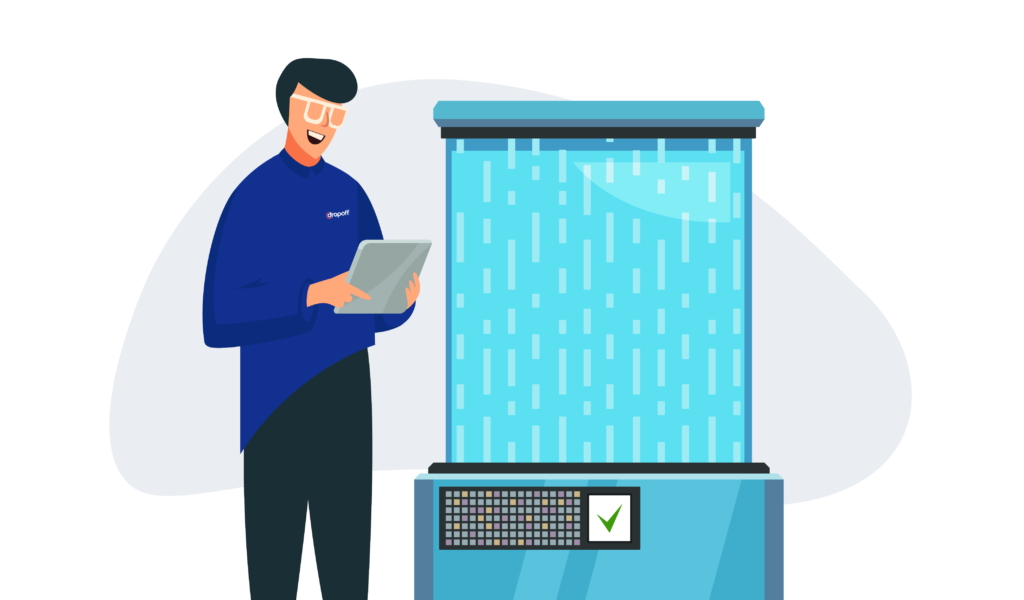
Here are safety measures to consider during last-mile vaccine delivery at temporary storage sites:
- Keep an eye on the transporter loading and unloading areas.
- Check that everyone transporting vaccines to storage sites or ‘Points of Distribution’ have IDs.
- Hire safe drivers.
- Keep an eye on your cargo while it’s getting ready for departure so people don’t mess with it. Plus, pharmaceutical security labels help prevent tampering!
- Set up an area for transporting vaccines and medical supplies. This area will be apart from other sites, so you know where everything goes.
- Make sure that the temperature control devices are working.
- Create a system that notifies the right people in emergencies involving vehicles, dispatchers, carriers, and shippers.
- Make sure you have enough people to help in an emergency.
Protective measures to consider during last-mile vaccine delivery when delivering locally:
- Make sure that the GPS is on at all times. While the vehicle is on the road, keep a close eye on it.
- Make sure that the temperature control devices are working.
- Report any suspicious activity.
- Check the vaccine inventory regularly.
More safety measures to consider during last-mile vaccine delivery at final destinations:
- Create emergency response plans and train all POD personnel.
- Check all temperature control devices to make sure they work.
- Develop a plan for moving fragile medical supplies and vaccination materials to another storage site in case of power outages or other emergencies.
4 Things to Consider When Setting Up Last-Mile Vaccine Delivery

The four best practices to consider when setting up a last-mile vaccine delivery system:
- Stay ahead of traffic changes
- Allow complete transparency and visibility
- Comply with rules
- Be proactive
Let’s understand these practices a little better.
1. Stay Ahead of Traffic Changes
A delivery platform tells you everything from route planning to supply chain changes. The updates will be real-time, so you are always in-the-know.
2. Allow Complete Transparency and Visibility
An online platform helps everyone work together. For example, if a vaccine freezer breaks down on the road, the driver can notify the facility right away. If a hospital is waiting on a delivery, it should know where it is on the route and get automatic updates about when it will arrive.
3. Comply with Rules
There are many rules to follow when delivering vaccines. If different areas had specific rules tailored to their needs, it could ease the whole transportation process.
4. Be Proactive
Last year, businesses had to change their business model because of the pandemic. For instance, they added delivery options.
Interested in setting up a last-mile vaccine delivery system? Check out the most current medical courier service rates.
The Long Journey of the Covid-19 Vaccine
It begins with loading planes and trucks…
3PLs and medical logistics have always gone hand-in-hand. FedEx delivers flu vaccines annually and shipped over 80 million H1N1 vaccine doses in 2009.
So, where does it all begin? The vaccines are placed in special thermal shippers, keeping them cold. They also come with a GPS-enabled thermal sensor.
After leaving vaccine storage sites, these vaccine shipments receive priority treatment.
For instance, the vaccine packages that UPS delivers are given a gold priority label with four trackers so the company can keep track. Each truck has a device that monitors its location, light exposure, and temperature. Then the vaccines are moved to covid-19 vaccine distribution centers to be sent out immediately.
The Federal Aviation Administration prioritizes planes carrying the vaccine when they take off and land.
Then freezers, dry ice, and portable coolers…
Logistics companies send their products to various distribution centers. Sometimes the products go to hospitals or healthcare systems. Other times, the products go to retail pharmacies.
When the vaccines arrive, hospital workers check the temperature of the doses. They make sure that they are still at the right temperature. Then, they transport the boxes to their ultra-cold freezer for the night. The next day, hospital staff begin the jabs.
… And finally, a jab in the arm.
The vaccine is injected into millions of people’s arms.
Bottom Line
We’ve seen that last-mile vaccine delivery is a tricky process. There’s so much planning needed to help sick people get better. However, with the help of a partner like Dropoff, the whole process becomes easy and efficient.
If you’re interested in learning more about our services or want to start setting up your last mile vaccine delivery operation, talk with a Dropoff expert.
FAQs on Last-Mile Vaccine Delivery
1. What is a vaccine delivery system?
It’s a digital ordering and inventory management system that vaccination providers use to order vaccines. They also use it to pass on information.
